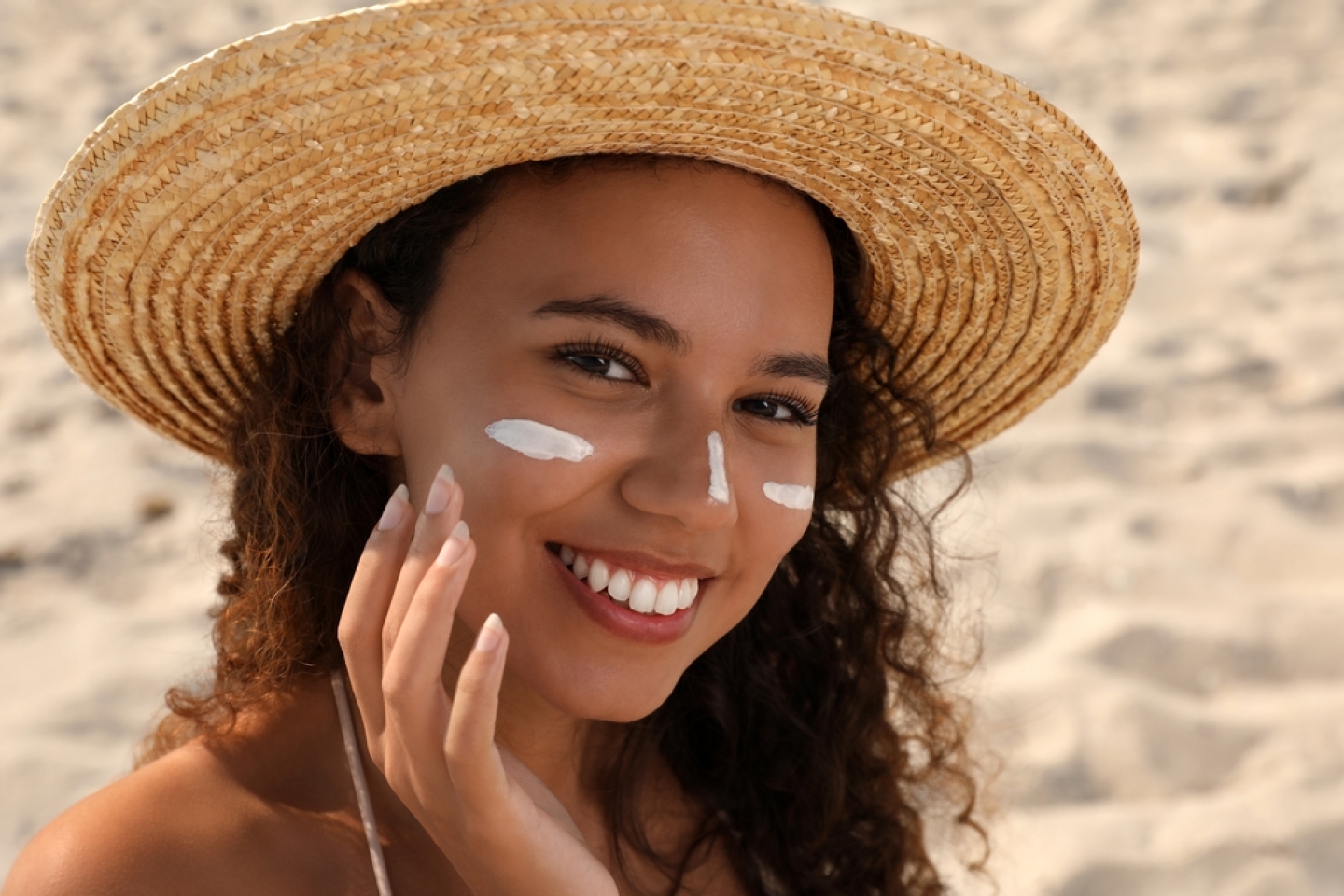
May is Skin Cancer Awareness Month, but don’t let this potentially deadly disease get under your skin. Brush up on your skin cancer knowledge, including how to spot the signs and prevention best practices, with our sun safety tips.
Skin cancer is the most common cancer in the United States, according to the Centers for Disease Control and Prevention.
“There are three major types of skin cancers,” says Anna Pavlick, D.O., medical oncologist, skin cancer expert, and director of the Cutaneous Oncology Program at Weill Cornell Medicine. “Basal cell carcinoma is the most common. Squamous cell carcinoma is second, and, finally, there’s melanoma.”
According to Dr. Pavlick, roughly one in two people will be diagnosed with basal cell cancer sometime in their life. Most basal cell cancers grow slowly and are highly treatable. Early forms of basal cell carcinomas can easily be removed by your dermatologist.
Squamous cell carcinomas in the skin also grow slowly. However, this type of skin cancer can grow deeply, potentially harming anything in the way, including blood vessels and nerves. Squamous cell carcinoma can also develop from actinic keratosis (a form of pre-cancer) on the skin. When detected early, squamous cell carcinoma is also highly treatable.
Both basal and squamous cell carcinomas form because of harmful sun ultraviolet (UV) rays.
If you develop skin cancer, the sooner it’s detected, the higher chance you can treat it successfully. To help you spot the signs of skin cancer, get to know your skin with a self-check regularly. Locate any moles, freckles or birthmarks and look for the ABCDEs of skin cancer from the AAD:
For a thorough skin self-check, examine your body in a full-length mirror. Don’t forget to look under your arms, between your toes and the soles of your feet. You can use a mirror to check behind your neck, back and scalp.
“Roughly one in five people in the United States by the age of 70 is going to get diagnosed with melanoma,” Dr. Pavlick says. “Melanoma likes to grow deep into the layers of the skin. It can get into what we call our lymphatics or our lymph channels that lead to lymph nodes, or it can get into blood vessels. And once cancer cells enter either the lymphatics or blood vessels, they can spread to other parts of the body. And that's why melanoma is the deadliest of all the skin cancers.”
Melanoma can occur anywhere on the skin, and certain things can increase your risk of developing this deadly skin cancer. Risk factors include:
Although being white or having a fair complexion increases the risk, anyone can develop melanoma.
The risk from sun exposure comes from UV radiation, and two different types contribute to skin cancers—UVA and UVB.
“UVA is primarily responsible for the tanning response,” says Andrew F. Alexis, M.D., MPH, Vice-Chair for Diversity and Inclusion for the Department of Dermatology and dermatologist at the Center for Diverse Skin Complexions at Weill Cornell Medicine. “UVA can penetrate the skin deeper and contribute to the risk of skin cancer. UVB is the wavelength of ultraviolet radiation from the sun that contributes to the redness that one can get or other features of a burn. It's easy to remember: UVB for burning.”
UVA and UVB are damaging to the skin and associated with an increased risk for skin cancer.
You have a bright future! Prevent skin cancer with these summer safety tips:
If you’re going outside, try to avoid times when the sun is strongest. In the United States, this is typically from 10:00 a.m. to 4:00 p.m.
If you spot an area of concern, request an appointment with a dermatologist near you.